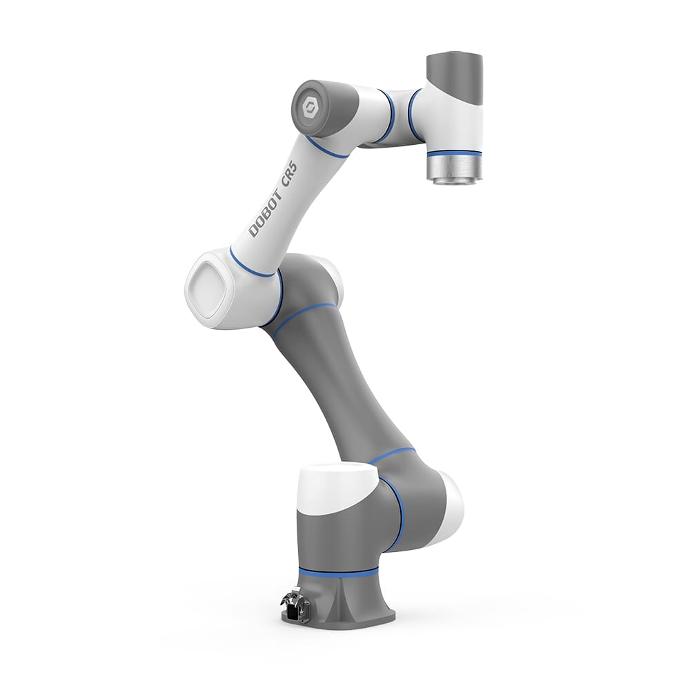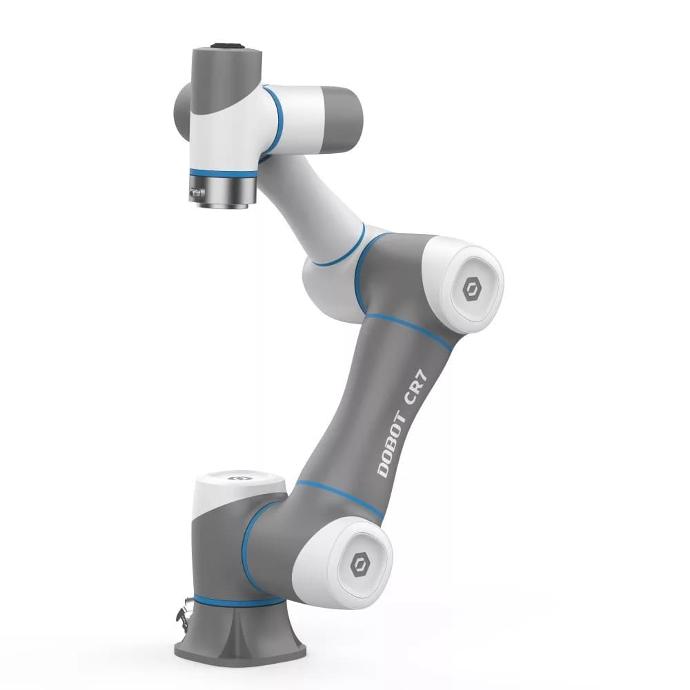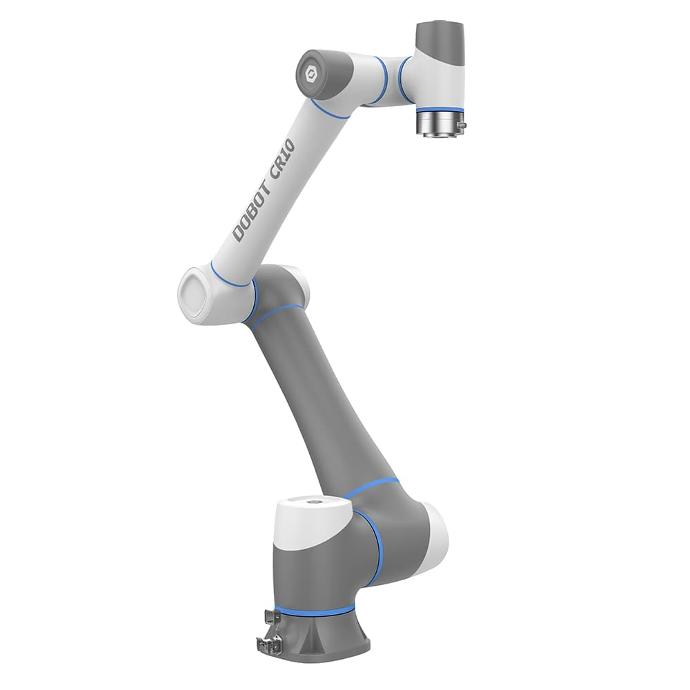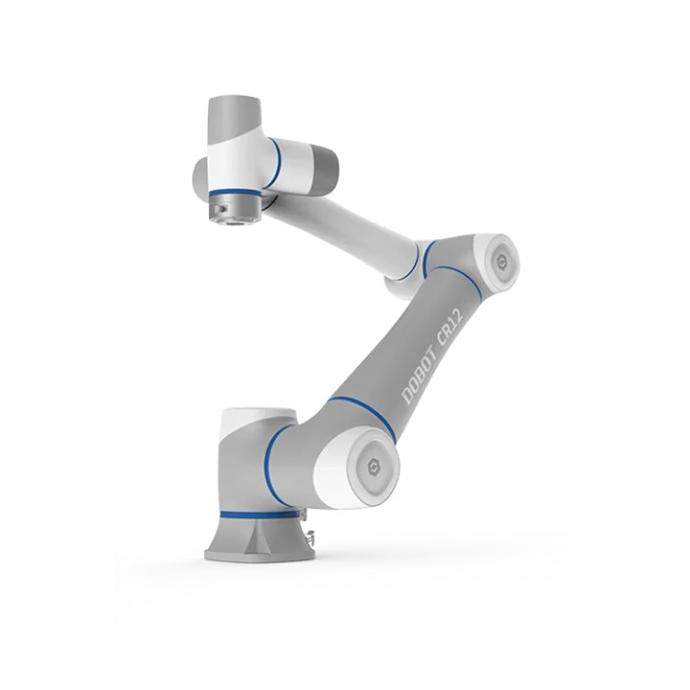Automotive
While the automotive industry already has a high level of automation, many processes such as assembly, quality inspection, screwdriving, and wiring are still performed manually by labors as traditional industrial automation equipment is not suitable for all tasks. The electrification of vehicles accelerates the evolution of automotive manufacturing and hence the demand for flexible production. These are all opportunities for collaborative robots, which are easy to reprogram and redeploy and have reliable performance to replace labors to save costs while improving efficiency.
Advantages of Collaborative Robots
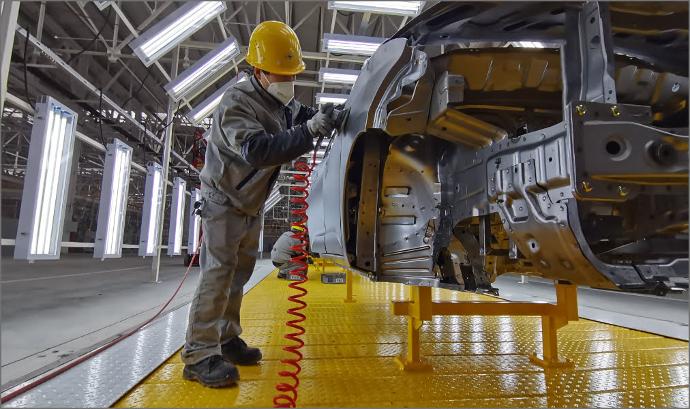
Improve Efficiency
Dobot’s collaborative robots have 0.02 mm repeatability and 4 m/s maximum speed to relieve workers from repetitive tasks while improving efficiency.
Reduce Injuries
Remove workers from hazardous working condition and replace with collaborative robots.
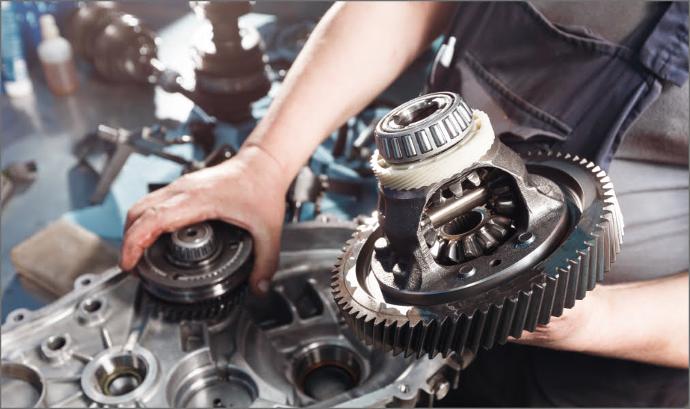
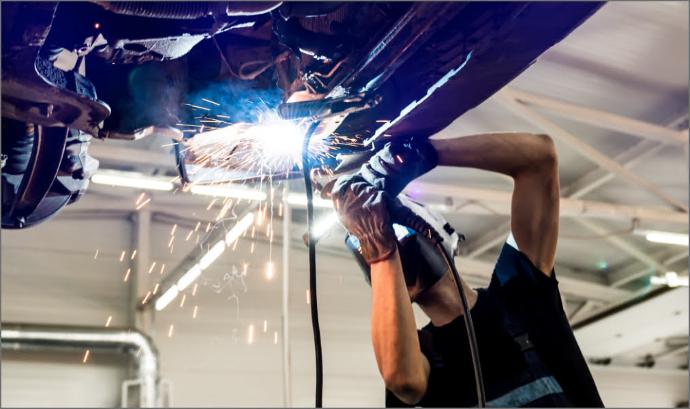
Increase Flexibility
Collaborative robots can be easily reprogrammed and redeployed to satisfy the needs for flexible production.
Application Scenarios

Loading & Unloading

Bin Picking

Polishing

Quality Inspection

Screwdriving
Recommended Robots
Choose the robot with the payload and working radius that best fits your needs for optimal results.
